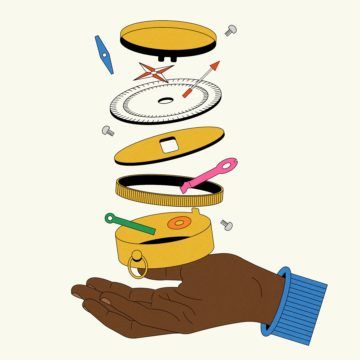Russ Roberts in The New York Times:
 In 1838, Charles Darwin faced a problem. Nearing his 30th birthday, he was trying to decide whether to marry — with the likelihood that children would be part of the package. To help make his decision, Darwin made a list of the expected pluses and minuses of marrying. On the left-hand side he tried to imagine what it would be like to be married (“constant companion,” “object to be beloved & played with — better than a dog anyhow”). On the right-hand side he tried to imagine what it would be like not to marry (“not forced to visit relatives & to bend in every trifle”).
In 1838, Charles Darwin faced a problem. Nearing his 30th birthday, he was trying to decide whether to marry — with the likelihood that children would be part of the package. To help make his decision, Darwin made a list of the expected pluses and minuses of marrying. On the left-hand side he tried to imagine what it would be like to be married (“constant companion,” “object to be beloved & played with — better than a dog anyhow”). On the right-hand side he tried to imagine what it would be like not to marry (“not forced to visit relatives & to bend in every trifle”).
Darwin was struggling with what I call a wild problem — a fork in the road of life where knowing which path is the right one isn’t obvious, where the day-to-day pleasure and pain from choosing one path over another are ultimately hidden from us and where those day-to-day pleasures and pains don’t fully capture what’s at stake.
More here.
